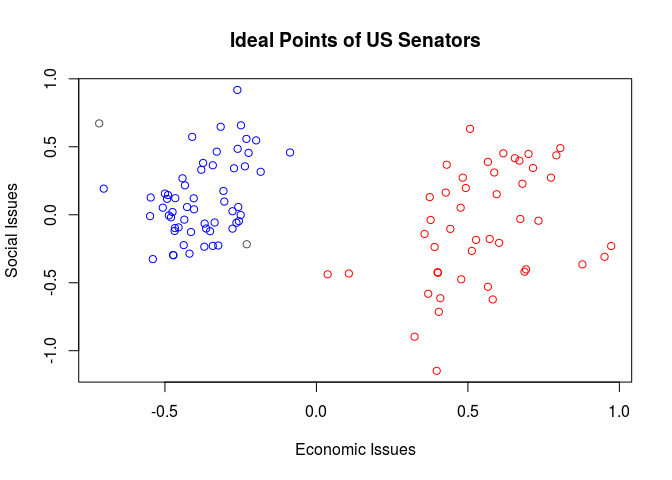
relatable provides two easy-to-use, robust functions for
mapping from a vector of keys to a vector of values, as well as creating
and applying more sophisticated mappings, such as many-to-many,
one-to-many, and many-to-one relations. These are primarily designed
with two goals in mind:
You can install relatable from github with:
# install.packages("devtools")
devtools::install_github("domjarkey/relatable")For more detailed information, see the help documentation with
?relate and the Relation
Types and Restrictions vignette.
For basic use, relate maps a vector of inputs
X from their position in a vector of keys A to
the corresponding value in vector B. relation
returns a function that performs the same mapping for repeated
usage.
library(relatable)
# Use relate() for a one-off mapping of inputs from one vector to another
relate(c("March", "April", "May"), month.name, month.abb)
#> [1] "Mar" "Apr" "May"
# Create a reusable dictionary function with relation().
chem_symbol <- relation(elements$Name, elements$Symbol)
chem_symbol(c("Iron", "Lithium", "Sodium"))
#> [1] "Fe" "Li" "Na"
# Unexpected inputs return <NA> by default, but this can be changed
chem_symbol(c("Sodium", "Adamantium"))
#> [1] "Na" NA
# relate() and relation() have optional arguments to determine the type of
# output and default return values.
chem_symbol <- relation(elements$Name, elements$Symbol,
default = "Unknown", named = TRUE)
chem_symbol(c("Sodium", "Adamantium"))
#> Sodium Adamantium
#> "Na" "Unknown"When working with unfamiliar data it can be easy to forget to account
for all possible values a variable might take, or worse, typographical
entry errors. Using allow_default = FALSE,
relatable functions can flag unexpected inputs to ensure
these problems don’t arise.
In the following example we use the DWNOMINATE data set assembled by Poole and Rosenthal et al, which estimates the ideological positions of US politicians. Suppose we want to create a new column for our data frame indicating political party by colour (red for Republicans, blue for Democrats):
## Obtain data for senators in the 113th Congress, spanning 2013-2015.
US_senate_113 <- subset(
foreign::read.dta("ftp://k7moa.com/junkord/SL01113D21_BSSE_12.DTA"),
cong == 113
)
## Setting allow_default = FALSE ensures we will be notified of any funny inputs.
US_senate_113$colour <- relate(
X = US_senate_113$party,
A = c(100, 200),
B = c("blue", "red"),
allow_default = FALSE
)
#> Warning in default_behaviour(x): 328 does not have a valid mapping to an
#> element in the codomain.
#> Warning in default_behaviour(x): 328 does not have a valid mapping to an
#> element in the codomain.
## Woops! Looks like we forgot to allow for the two Independent Senators in the data set,
## coded as 328. Let's try again:
US_senate_113$colour <- relate(
X = US_senate_113$party,
A = c(100, 200, 328),
B = c("blue", "red", "gray30"),
allow_default = FALSE
)No warnings, no worries!
with(
US_senate_113,
plot(
x = dwnom1,
y = dwnom2,
col = colour,
main = "Ideal Points of US Senators",
xlab = "Economic Issues",
ylab = "Social Issues"
)
)